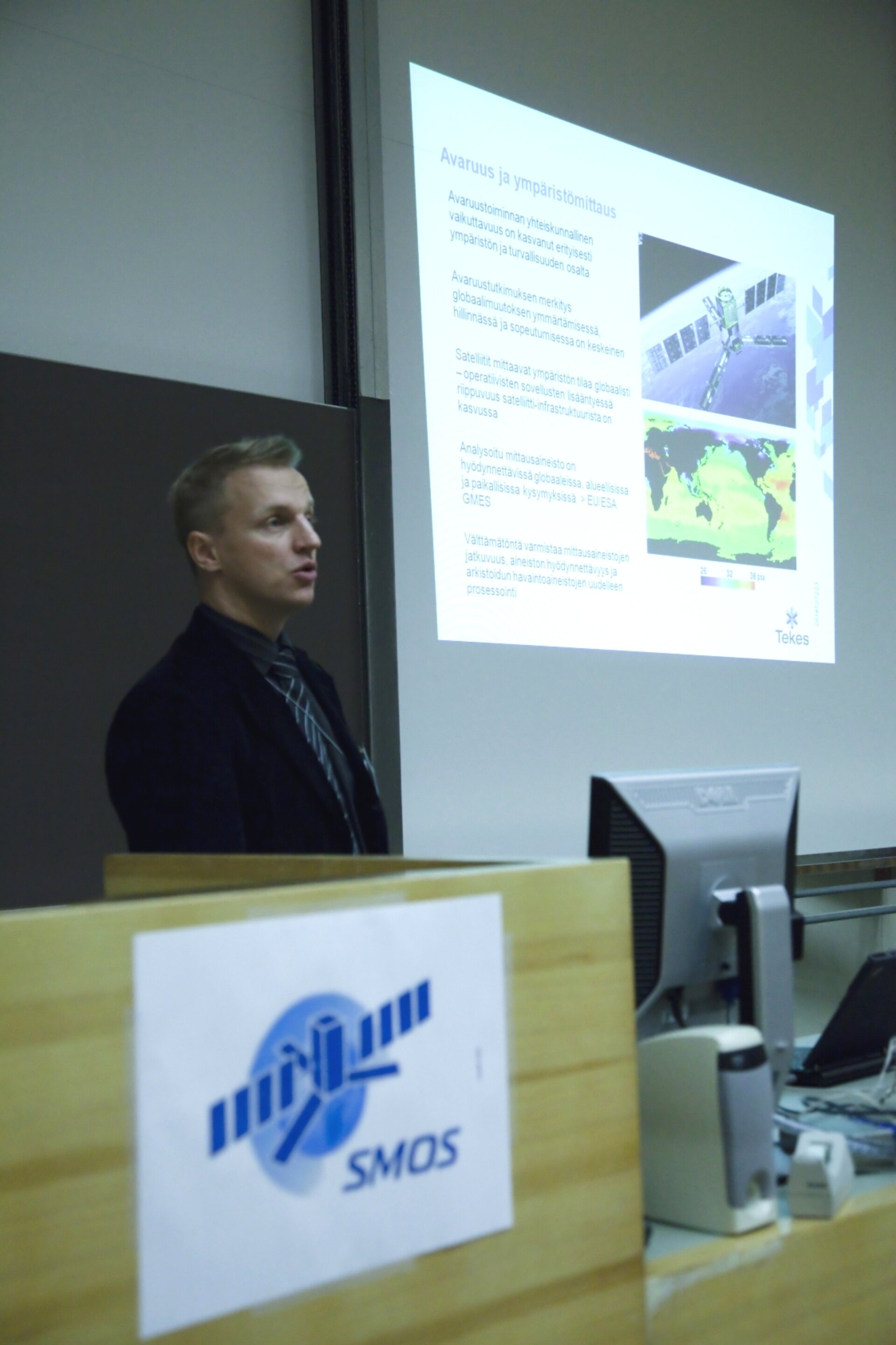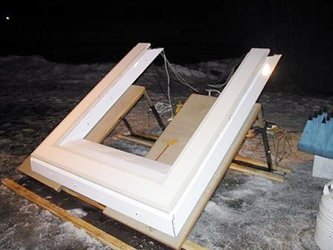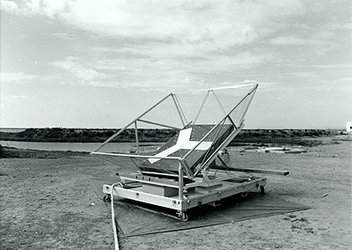Finnish university and industry celebrate their contribution to SMOS
With the launch of ESA’s Earth Explorer SMOS satellite just a few days away, the Helsinki University of Technology has been celebrating and reflecting on the contribution they and Finnish industry have made to SMOS. Together, their efforts proved fundamental to the consolidation of the mission concept.
Finland’s contributions to the SMOS mission were celebrated at a press event held on 21 October at the Helsinki University of Technology (TKK). Kimmo Kanto from the Finnish delegation opened the event and spoke about how monitoring Earth from space has become vital to understanding and mitigating the effects of global change.
Kanto was followed by ESA’s Manuel Martin-Neira, who is the Principle Engineer for the SMOS instrument and expressed ESA’s appreciation of Finland’s contributions to the mission. In particular, he recognised that the first image of the Milky Way, taken by the ‘HUT-2D’ airborne L-band aperture synthesis radiometer, was a key milestone in the development of SMOS.
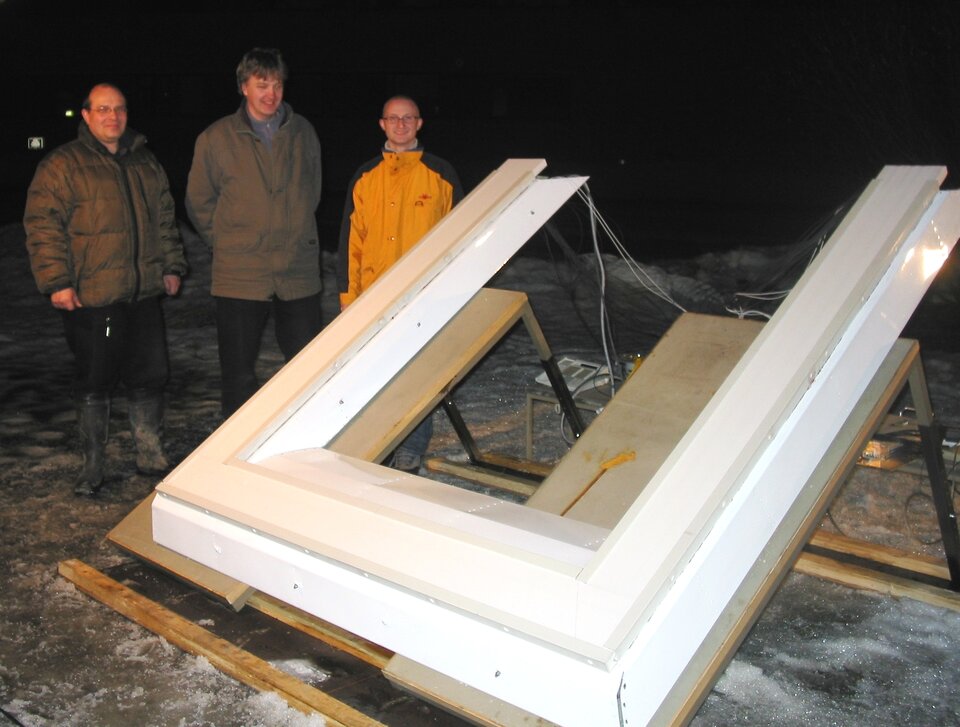
The HUT-2D radiometer, which was developed by TKK, is an airborne version of the MIRAS instrument carried on the SMOS satellite. It was used to test new calibration techniques that were later applied to the mission. The performance of this complex radiometer was put to the test back in April 2006 when it was pointed towards the Denneb in Cygnus, a region of the Milky Way that emits high
L-band radiation. By applying state-of-the-art calibration techniques, the instrument was able to acquire clear images of the galaxy.
Martin-Neira added that the campaign flights made by TKK’s Skyvan aircraft carrying the HUT-2D instrument provided the first end-to-end good quality demonstration of the SMOS mission concept. He also acknowledged Finnish industry in the development of SMOS by thanking Ylinen for the company’s excellent work in delivering the mission’s Noise Injection Radiometers (NIR) and the onboard Calibration System (CAS) in collaboration with TKK, Toikka Oy for the earlier design of NIR, and the procurement from Modulight of the laser diodes in MIRAS’s optical harness.
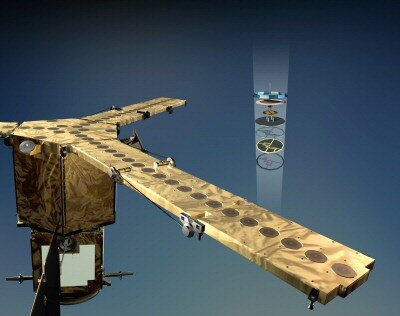
At the event, Markus Huttunen from the Finnish Environment Institute and Heikki Järvinen from the Finnish Meteorological Institute also talked from the operational and climate research perspective about how the data on soil moisture and ocean salinity will be used.
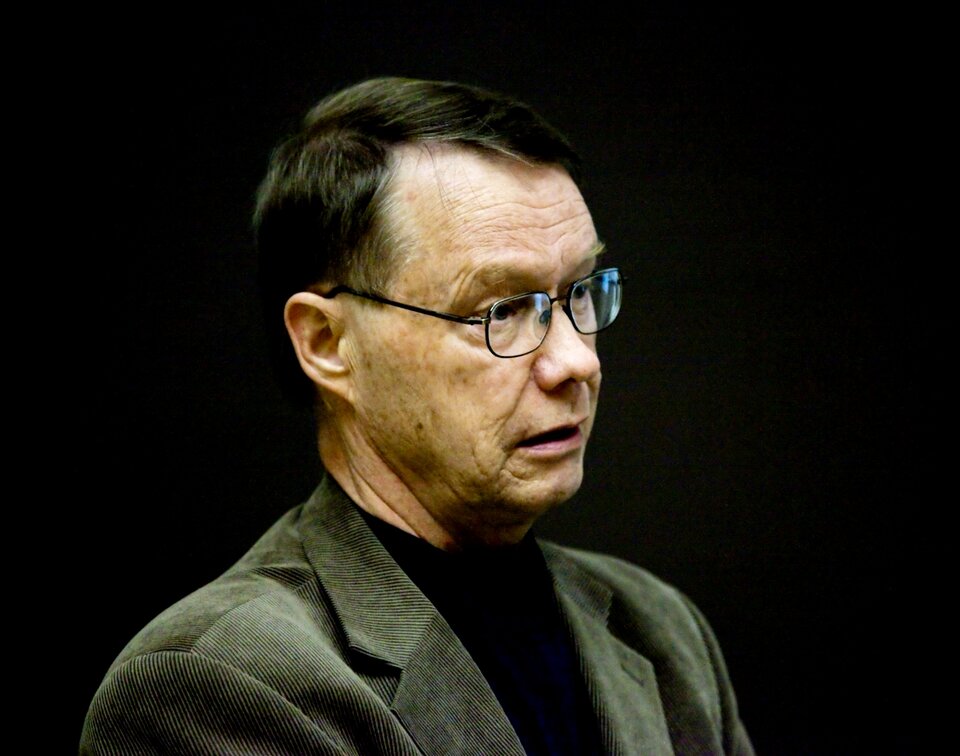
Martti Hallikainen, who headed the Laboratory of Space Technology at TKK during the pre-development phase of the mission, spoke about the contributions Finnish academia and industry had made to the MIRAS instrument. Adoption of strict design, manufacturing and testing procedures to meet ESA’s requirements proved a valuable asset in subsequent projects. Notably, the HUT-2D interferometer project along with the SMOS project was instrumental in providing the TKK Space Technology Group with excellent scores in a recent international evaluation. The Laboratory of Space Technology has recently merged with three other laboratories to form the Department of Radio Science and Engineering.
During the afternoon seminar, a total of nine detailed presentations were given about the work carried out for the MIRAS NIR and CAS subsystems, the optical harness and the calibration and validation activities by several scientific groups in Finland. Finnish contributions now focus on calibration and validation activities for SMOS, such as taking in situ measurements of soil moisture in forested areas and ocean salinity in cold seas that will be compared with data from SMOS once in orbit.


